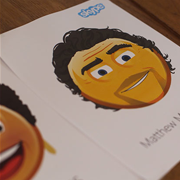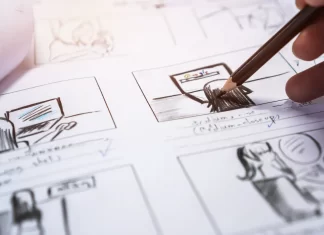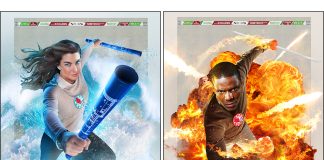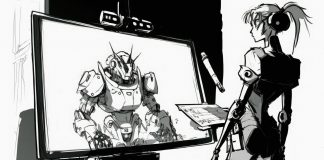[ezcol_1fifth]
[/ezcol_1fifth] [ezcol_4fifth_end]
Digital Storyboards, 3D Art and Animation
Storyboards and computer generated imagery are mediums that can work together to produce high-level story art that can be used for presentation, pitch, pre-production and production projects.
Digital Storyboards
Digital Storyboards, also known as digital storytelling, specializes in producing alternate versions of reality by using computer graphics. These visual scenes can take on number of forms, but it’s reasonable to say that the most impressive example of this medium is when the differences between reality and its alternate are subtle but impactful. Digital Storyboards allows a more elaborate impression of the story because different techniques can be utilized to show multiple angles, and vantage points, which would be difficult using a traditional storyboard approach.
SEE DIGITAL STORYBOARD SAMPLES
3D Art
By creating detailed 3-dimensional representations, storyboard artists create lifelike models of a specific scene that can be viewed and assessed from any direction. This means that the full imprint of the scene can be understood and visualized to better identify any problems that might need addressing before moving onto the next set. The use of 3D Art in advertising and entertainment is vastly preferable and sometimes superior to creating individual artist renderings, which by nature are costly, time-consuming and restrictive.
Animation/ Animatics
By using storyboards and animation together, artists create digital mock-ups of a product or character being promoted to visualize how they will look and act in continuous motion instead of frame-by-frame. The process known as animatics can be extremely helpful in advertising pre-production and can easily rival the effectiveness of still photographs. Animation art is easily shared and can be recorded on anything from analogue media, such as a flipbook, motion picture film, videotape, or on digital media, including animated GIF, Flash animation or digital video.
Making It Work
The process of storyboarding begins by constructing a framework of the object or scene to be modeled; initially a modest 3D version is produced. Next, the initial model can be made more complex with color, lighting effects, and textures with other variables to match the original design. This process can be rendered as an animation, showing exactly how a scene will play from the start to finish. The artist can include music and commentary to further drive the message home if necessary. Inherently, the process takes time, and a certain amount of experience and expense, but animatics and storyboarding can provide infinite possibilities for any project that benefits from knowing how things will look without depending on trial-and- error, which is far more costly, and time-consuming.
Digital Artists
Digital artists, modelers and animators are becoming more sought after and can be in high demand depending on productions. As technology progresses the digital storytelling segment will surely see a profusion of powerful applications that create models of products and characters in life like 3D, which has huge advantages from a development point-of-view as well as for huge marketing potential. The use of digital storyboards and animatics brings products and scenes alive, without having to be physically present the product at early stages in the campaign.
For more information about Storyboards and 3D Art or to find an artist please contact Famous Frames.[/ezcol_4fifth_end]










